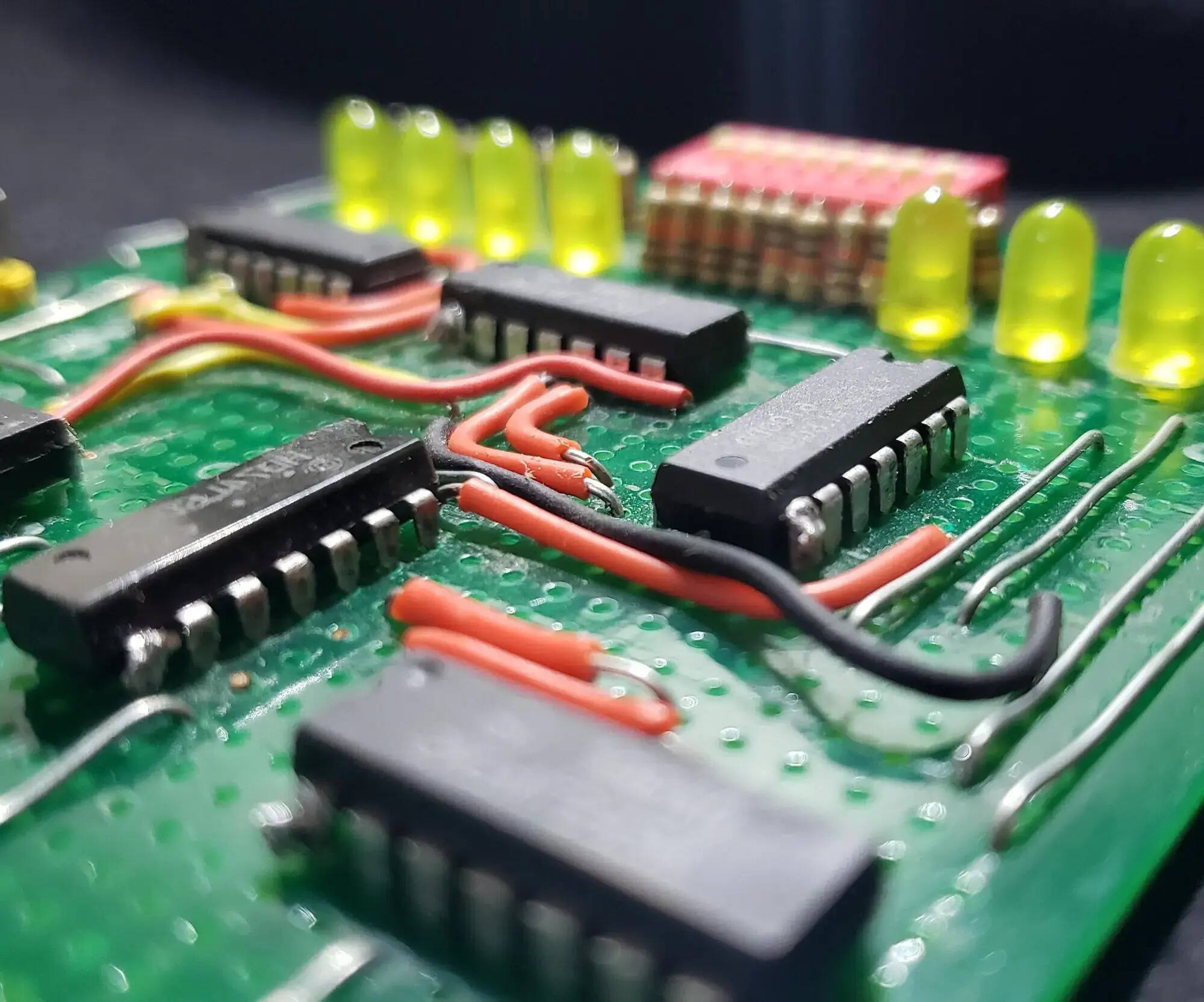
Logic design is the backbone of digital systems, from simple calculators to complex computers. But what exactly is it? Logic design involves creating circuits that perform specific functions using logic gates like AND, OR, and NOT. These gates form the building blocks of more complex components like multiplexers, flip-flops, and counters. Logic design is crucial because it dictates how data is processed and decisions are made within a system. Understanding the basics can help you appreciate how everyday devices work. Ready to dive into the world of logic design? Here are 25 fascinating facts that will illuminate this essential field!
What is Logic Design?
Logic design is the foundation of digital circuits and systems. It involves creating circuits that perform specific functions using logic gates and other components. Let's dive into some fascinating facts about this essential field.
-
Logic Gates: The basic building blocks of logic design are logic gates. These gates perform simple logical functions like AND, OR, and NOT.
-
Boolean Algebra: Logic design relies heavily on Boolean algebra, a branch of mathematics that deals with true or false values.
-
Truth Tables: Truth tables are used to represent the output of a logic gate for all possible input combinations.
-
Combinational Circuits: These circuits output results based solely on the current inputs, without any memory of past inputs.
-
Sequential Circuits: Unlike combinational circuits, sequential circuits have memory and can store information about past inputs.
Key Components in Logic Design
Understanding the components used in logic design is crucial for grasping how digital systems work.
-
Flip-Flops: These are basic memory units in sequential circuits, capable of storing one bit of information.
-
Multiplexers: Multiplexers select one of many input signals and forward the selected input to a single output line.
-
Demultiplexers: These perform the reverse function of multiplexers, taking a single input and routing it to one of many output lines.
-
Encoders: Encoders convert information from one format or code to another, typically from analog to digital.
-
Decoders: Decoders do the opposite of encoders, converting coded information back into its original form.
Applications of Logic Design
Logic design isn't just theoretical; it has practical applications in various fields.
-
Computers: Every computer relies on logic design for its central processing unit (CPU) and memory.
-
Smartphones: Modern smartphones use complex logic circuits to perform tasks like processing images and running apps.
-
Automobiles: Cars use logic design in their electronic control units (ECUs) for functions like engine management and safety systems.
-
Medical Devices: Devices like pacemakers and MRI machines use logic circuits to function correctly.
-
Consumer Electronics: Televisions, microwaves, and washing machines all use logic design to operate efficiently.
Advanced Concepts in Logic Design
For those looking to delve deeper, advanced concepts in logic design offer more complexity and functionality.
-
Field-Programmable Gate Arrays (FPGAs): These are integrated circuits that can be programmed after manufacturing to perform specific tasks.
-
Application-Specific Integrated Circuits (ASICs): ASICs are custom-designed for a particular application, offering high performance and efficiency.
-
Digital Signal Processing (DSP): DSP involves manipulating digital signals to improve their quality or extract important information.
-
Error Detection and Correction: Techniques like parity checks and Hamming codes are used to detect and correct errors in digital data.
-
Synchronous vs. Asynchronous Circuits: Synchronous circuits operate based on a clock signal, while asynchronous circuits do not rely on a clock.
Historical Milestones in Logic Design
The history of logic design is filled with groundbreaking achievements that have shaped modern technology.
-
Claude Shannon: Known as the father of information theory, Shannon applied Boolean algebra to electrical circuits, laying the groundwork for digital logic design.
-
Transistor Invention: The invention of the transistor in 1947 revolutionized logic design, making it possible to create smaller and more efficient circuits.
-
Integrated Circuits: The development of integrated circuits in the 1960s allowed for the miniaturization of electronic devices.
-
Microprocessors: The introduction of microprocessors in the 1970s brought about the era of personal computing.
-
Quantum Computing: The future of logic design may lie in quantum computing, which uses quantum bits (qubits) to perform complex calculations at unprecedented speeds.
Final Thoughts on Logic Design
Logic design is a fascinating field that underpins much of modern technology. From Boolean algebra to Karnaugh maps, each concept plays a crucial role in creating efficient digital systems. Understanding logic gates and flip-flops can help you grasp how computers process information. Sequential circuits and combinational circuits form the backbone of complex operations in devices we use daily. Learning about multiplexers, demultiplexers, and encoders can open doors to advanced topics like microprocessor design. Whether you're a student or a tech enthusiast, diving into these 25 facts can give you a solid foundation in logic design. Keep exploring, experimenting, and building—who knows, you might just create the next big thing in tech!
Was this page helpful?
Our commitment to delivering trustworthy and engaging content is at the heart of what we do. Each fact on our site is contributed by real users like you, bringing a wealth of diverse insights and information. To ensure the highest standards of accuracy and reliability, our dedicated editors meticulously review each submission. This process guarantees that the facts we share are not only fascinating but also credible. Trust in our commitment to quality and authenticity as you explore and learn with us.
